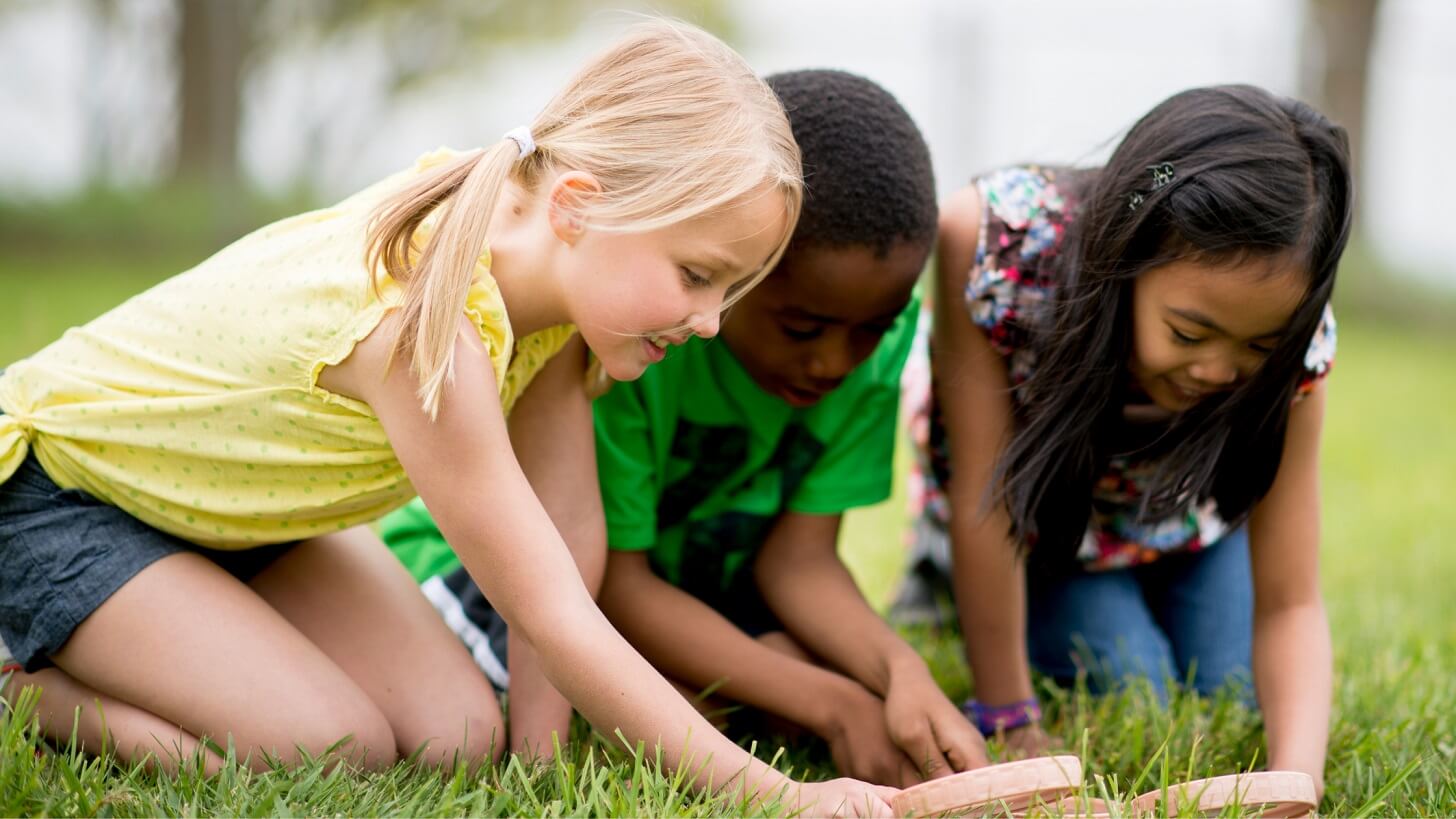Playing outside is crucial to childhood, providing children with opportunities to explore, learn, and have fun. However, it’s also vital to ensure that kids are safe and protected when outside, especially regarding stranger danger and the risk of abduction. Here are ten essential safety rules for kids who play out to help keep them safe and secure:
Always Play with a Buddy
One of the most important safety rules for kids outside is always playing with a buddy, meaning kids should never play alone but always have at least one other person with them. This step can decrease the risk of abduction and provides safety in accidents or injuries.
Stick to Familiar Areas
Another important rule for kids who play outside is to stick to familiar areas. Children should stay in places they know well, such as their backyard, a nearby park, or a friend’s yard. This factor helps to reduce the risk of getting lost or encountering strangers in unfamiliar areas.
Know the Neighbors
It’s fundamental for kids who play outside to know the neighbors in their community. Parents can help by introducing their children to trusted neighbors and encouraging them to play in areas where they are likely to see familiar faces. As a result, it can help kids feel more secure and reduce the risk of encountering strangers.
Stay Within the Sight and Sound of Adults
Children should always stay within sight and sound of adults when playing outside, entailing that they should be able to see and hear the adults supervising them, and the adults should be able to see and hear the kids. This step helps ensure that kids are always safe and cared for.
Don’t Talk to Strangers
Kids should never talk to strangers, especially if they’re playing outside without adult supervision. Children should learn to stay away from strangers and to immediately tell an adult if they get approached by someone they don’t know. This step can assist in reducing the risk of abduction or other dangerous situations.
Use the Buddy System
In addition to playing with a buddy, kids should use the buddy system when moving from one area to another. This means they should always stay with their buddy, whether walking to a nearby park or playing in a different part of the yard. Consequently, kids are not alone, reducing the risk of abduction.
Stay Away from Dangerous Areas
Kids should be taught to avoid dangerous areas when playing outside, including sites with traffic, bodies of water, and abandoned buildings or structures. Parents should also ensure their yard is free from hazards, such as broken glass or sharp objects.
Have a Plan for Emergencies
Parents should have a plan for emergencies, such as injuries, accidents, or dangerous situations. This plan should include a way for kids to contact an adult if they need help and instructions on what to do in case of fire, severe weather, or other emergencies.
Use a Whistle or Other Alert Device
Kids can use a whistle or other alert devices to call for help if they are in danger or need assistance. Parents can provide their children with a whistle or other device and teach them how to use it in an emergency. This step ensures that kids can get help immediately when needed.
Report Suspicious Activity
Finally, kids should be taught to report suspicious activity to an adult, such as strange cars or people in the area, and any behavior that makes them feel uncomfortable or unsafe. Parents should encourage their children to speak up, report inappropriate activity, and take their concerns seriously.
By following these ten essential safety rules, parents and caregivers can help keep kids safe and secure when playing outside. By teaching kids to be aware of their surroundings, to stay within sight and sound of adults, and to avoid strangers and dangerous areas, parents can help to reduce the risk of abduction and other hazardous situations.
Ultimately, the safety of children who play outside is a responsibility that falls on parents and caregivers. It’s imperative for parents to have open and honest conversations with their children about safety and to educate them about the risks that can come with playing outside. By taking the time to teach kids about safety, supervise their activities, and reduce the risk of abduction and other dangers, parents can help ensure that their children have a safe and enjoyable childhood experience.




 No products in the cart.
No products in the cart.